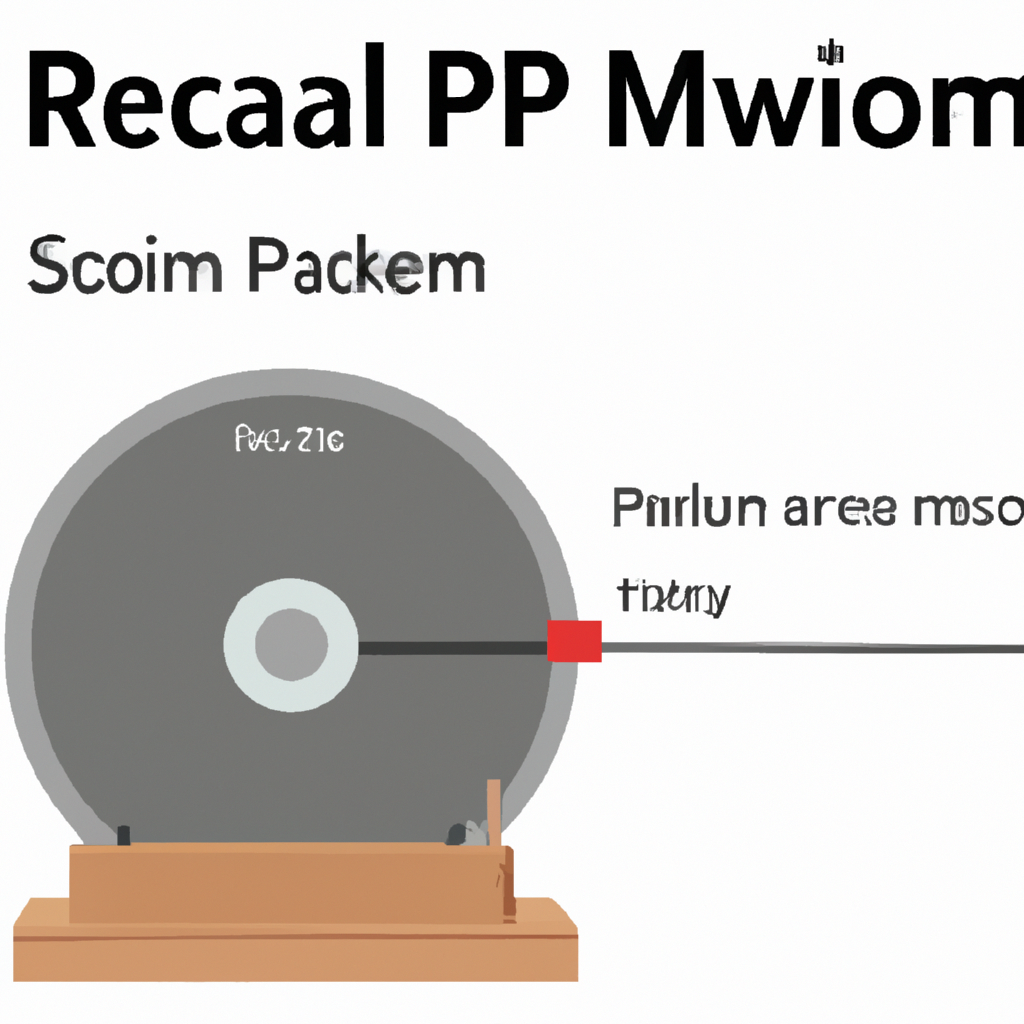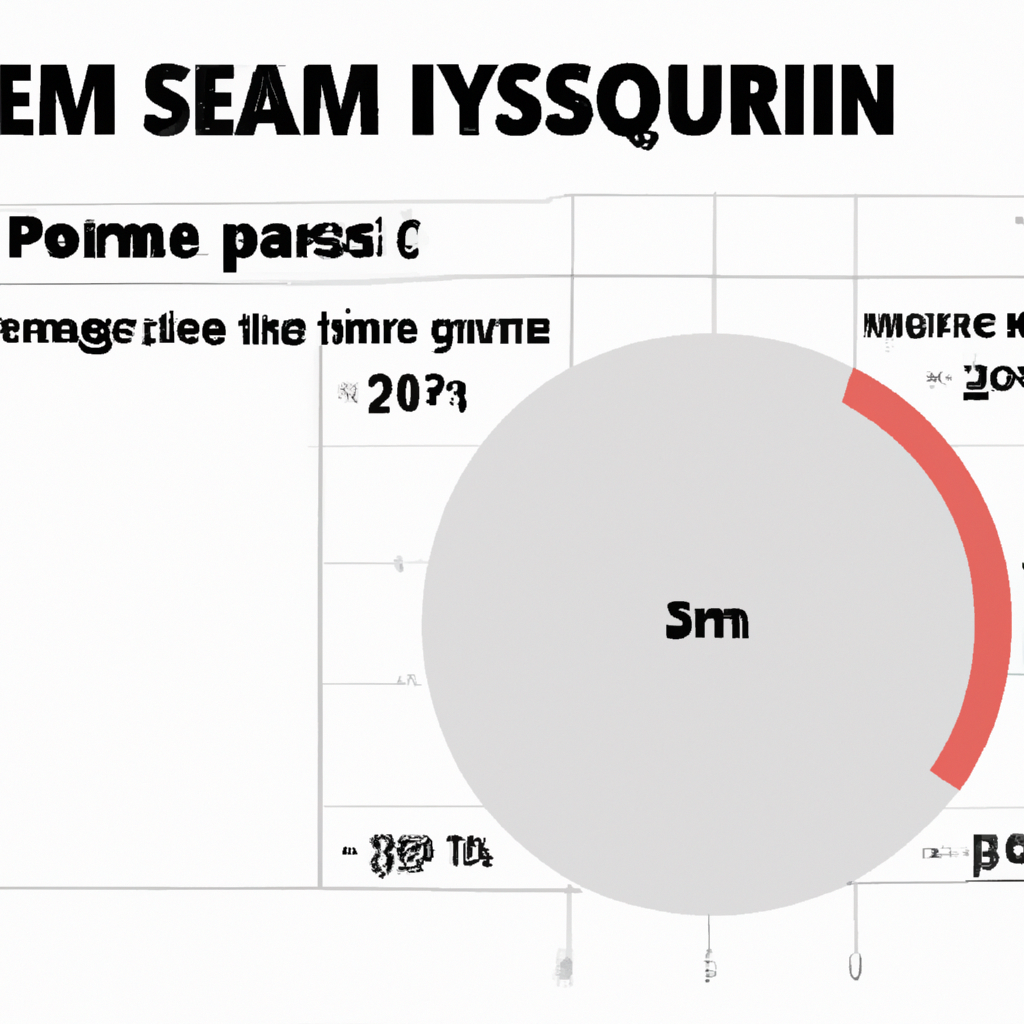Have you ever wondered what the ideal rpm is for a table saw? When it comes to choosing the right saw for your woodworking projects, finding the perfect balance between power and speed is crucial. In this article, we’ll explore the importance of rpm (revolutions per minute) for table saws and what range is considered optimal for various cutting tasks. Whether you’re a seasoned woodworker or just starting out, understanding the role of rpm can help you achieve cleaner cuts and better results with your table saw. So let’s dive in and discover what rpm range you should be aiming for!

Factors to Consider
When choosing a table saw, there are several important factors to consider in order to determine the right RPM (rotations per minute). These factors include blade diameter, material being cut, type of cut, table saw size, and personal preference. By understanding these factors and their relationship to RPM, you will be able to choose the optimal RPM for your table saw.
Blade Diameter
The blade diameter is an essential factor to consider when determining the RPM for your table saw. The size of the blade directly affects the speed at which it rotates. Smaller blades generally require a higher RPM to achieve the desired cutting speed, while larger blades can achieve the same cutting speed at a lower RPM. It is important to choose the appropriate RPM range that corresponds to your blade diameter to ensure efficient and effective cutting.
Material Being Cut
The type of material being cut also influences the ideal RPM for your table saw. Different materials have varying levels of hardness and density, which can affect the cutting efficiency and blade performance. For softer materials such as plywood or softwood, a higher RPM may be suitable to ensure a smoother cut. On the other hand, harder materials like hardwood may require a lower RPM to prevent the blade from becoming overheated or damaged.
Type of Cut
The type of cut you intend to make on the table saw is another crucial consideration. Different cuts, such as rip cuts or crosscuts, require different speeds to achieve optimal results. For instance, rip cuts along the grain of the wood generally require a higher RPM, while crosscuts against the grain may require a lower RPM to prevent tear-out. Understanding the specific requirements of the desired cut will help you determine the appropriate RPM range for your table saw.
Table Saw Size
The size of the table saw also plays a role in determining the ideal RPM. Larger table saws often possess more powerful motors, which can handle higher RPMs. Conversely, smaller table saws with less powerful motors may have limitations on the RPM range they can safely achieve. It is important to consult the manufacturer’s specifications for your specific table saw model to ensure you choose an appropriate RPM range that aligns with its capabilities.
Personal Preference
Finally, personal preference is another factor to consider when deciding on the RPM for your table saw. Some individuals may prefer a faster cutting speed provided by a higher RPM, while others may prioritize a slower, more controlled cut achieved with a lower RPM. It is essential to take your own working style and comfort into account, as choosing an RPM that suits your preferences will ultimately contribute to better accuracy and overall satisfaction.
Understanding RPM
To better choose the right RPM for your table saw, it is important to have a clear understanding of what RPM actually means and its significance in the world of table saws.
Definition of RPM
RPM stands for rotations per minute. It refers to the number of complete revolutions a rotating object, such as a table saw blade, makes in one minute. In the context of table saws, this measurement indicates how fast the blade spins while cutting through various materials. It is crucial to choose the appropriate RPM for your table saw to ensure optimal cutting performance and safety.
Importance of RPM in Table Saws
The RPM of a table saw influences several critical factors, including cutting speed, efficiency, and the overall quality of the cut. A higher RPM generally translates to a faster cutting speed, allowing for quicker completion of projects. However, it is vital to strike a balance between RPM and the specific requirements of the material and cut to achieve the best results. Choosing the right RPM helps to optimize the performance of the table saw and maximize the quality of your finished work.
RPM Range for Table Saws
Table saws typically have a specified range of RPM that they can operate within. This range is provided by the manufacturer and is based on the capabilities of the motor and the design of the saw. While the RPM range may vary from model to model, the typical range for table saws is between 3,000 and 5,000 RPM. It is essential to consult your table saw’s manual or contact the manufacturer to ensure you are aware of the specific RPM range suitable for your machine.

Choosing the Right RPM
Now that you have a good understanding of the factors to consider and the importance of RPM in table saws, let’s delve into the specific considerations related to each factor when determining the ideal RPM for your table saw.
Blade Diameter and RPM
As mentioned earlier, the blade diameter has an impact on the required RPM for your table saw. Smaller blades with a diameter of, for example, 8 inches, will generally require a higher RPM to achieve the desired cutting speed. On the other hand, larger blades, such as 12 inches in diameter, can achieve the same cutting speed at a lower RPM. It is essential to choose an RPM range that corresponds well with the diameter of the blade you intend to use, ensuring efficient and effective cutting without exerting unnecessary strain on the motor.
Material Being Cut and RPM
Consideration of the material being cut is crucial when determining the appropriate RPM for your table saw. Softer materials like plywood or softwood often require a higher RPM to ensure a smoother cut. The faster speed allows for quicker removal of material and reduces the chances of tear-out. However, it is important to note that higher RPMs can generate more heat, potentially leading to burning or damaging certain materials. For harder materials like hardwood, a lower RPM may be preferable to prevent overheating or causing undue stress on the blade.
Type of Cut and RPM
Different types of cuts have varying requirements when it comes to RPM. Rip cuts made along the grain of the wood generally benefit from a higher RPM to ensure a clean and accurate cut. The faster blade speed allows for efficient material removal. On the other hand, crosscuts made against the grain may require a lower RPM to minimize tear-out and achieve a smoother finish. Carefully consider the specific type of cut you are making and adjust the RPM accordingly to optimize your results.
Table Saw Size and RPM
The size of your table saw influences the RPM range that is suitable for your machine. Larger table saws with more powerful motors typically have a wider range of RPM options available. These saws can handle higher RPMs without placing excessive strain on the motor. In contrast, smaller table saws with less powerful motors may have limitations on the RPM range they can safely attain. It is crucial to consult the manufacturer’s specifications for your specific table saw model to determine the appropriate RPM range that aligns with its capabilities and ensures safe operation.
Personal Preference and RPM
Lastly, personal preference plays a significant role in selecting the right RPM for your table saw. Some individuals may prefer a faster cutting speed achieved with a higher RPM, allowing for quicker completion of tasks. This preference is particularly relevant in professional or time-sensitive settings. Conversely, others may prioritize a slower, more controlled cut obtained with a lower RPM. This preference may be driven by a desire for increased accuracy or precision in their work. Taking your personal working style and comfort into account is vital, as choosing an RPM that aligns with your preferences will ultimately contribute to better overall satisfaction and accurate results.
Performance vs. Safety
While determining the ideal RPM for your table saw, it is important to consider both performance and safety aspects associated with different RPM ranges.
Higher RPM Benefits
Opting for a higher RPM offers certain benefits. A higher rotational speed allows for faster cutting, making it ideal for projects that require quick completion or larger volumes of cuts. The increased speed often results in smoother and more efficient cuts, particularly when working with softer materials. Additionally, higher RPMs can minimize the chance of tear-out, providing a cleaner finish. However, it is important to remain cautious when using higher RPMs, as they can generate more heat and potentially lead to burning or damage if not managed properly.
Lower RPM Benefits
On the other hand, lower RPMs also have their advantages. The slower blade speed associated with lower RPMs provides enhanced control and precision, making it ideal for intricate or delicate cuts. When working with harder materials, lower RPMs can help prevent overheating and excessive strain on the blade, ensuring its longevity. However, it is important to note that slower cutting speeds may result in slightly longer project completion times.
Safety Considerations with RPM
When considering the RPM range for your table saw, safety should never be overlooked. It is crucial to choose an RPM that is appropriate for your specific table saw model and the materials you will be working with. Operating the table saw at an RPM higher than recommended can pose a safety risk, potentially causing kickback or other accidents. Conversely, using an RPM lower than necessary may lead to inefficient cutting, pushing the blade beyond its limits, and increasing the likelihood of blade damage. Always prioritize safety by following the manufacturer’s recommendations and guidelines.
Conclusion
Choosing the right RPM for your table saw involves careful consideration of several factors, including blade diameter, material being cut, type of cut, table saw size, and personal preference. By understanding how these factors influence the RPM selection process and their importance in achieving optimal cutting performance and safety, you can confidently choose the right RPM for your table saw. Remember to strike a balance between performance and safety, ensuring that your chosen RPM range aligns with both your needs and the capabilities of your table saw. Safe and efficient cutting awaits as you utilize the power of RPM to achieve outstanding results in your woodworking projects.

